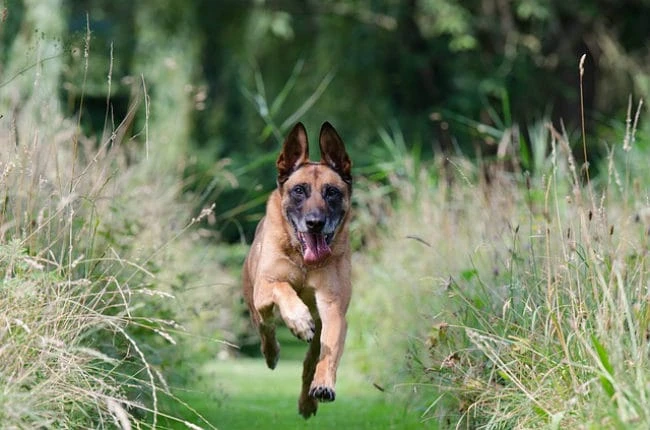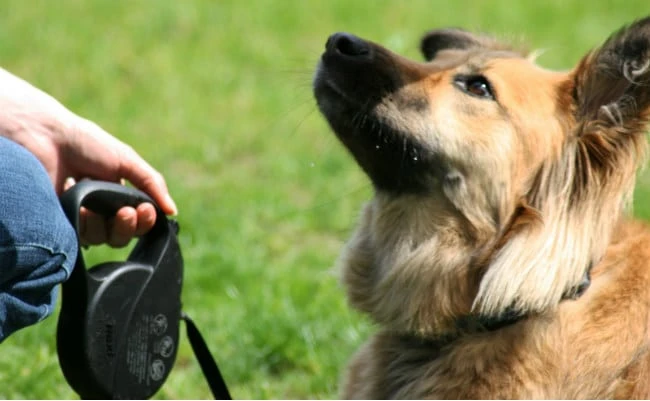Classical Conditioning, How to Train a Puppy, Dog Training Tools

In this section you will learn how to train a puppy or dog using classical conditioning, which uses some of the tips and dog training techniques developed by Edward Lee Thorndike.
This method basically refers to the way a dog or puppy associates things.
In this section we will focus on both operant and classical conditioning and their importance when dog obedience training.
We will also discuss aspects of negative reinforcement as a training device – more dog training tools to add to your ever growing knowledge!
Classical Conditioning
When a dog hears the door bell ring or hears someone knocking at the door, your dog knows that someone is at the door.
When your dog hears you preparing the dog’s dinner and your dog realizes that it is his time for his food he is associating two events with the other – the door bell ringing and someone wanting to come in.
That seems straightforward enough but how does your dog know this? This is what is called classical conditioning – when a dog sees or hears something happening more than once your dog will start to associate one event with the other.
For example when a dog hears the door bell ringing your dog will learn that this will lead to another event i.e. the person coming in.
This ‘classical conditioning’ and conditioning is the key-word here means that after an event has been repeated a few times (for your dog to learn) eventually your dog will not need the ‘primary reinforcer’ i.e. his dog food to make him excited about the sight of his feeding bowl – the ‘secondary reinforcer.’
Operant Conditioning
Operant Conditioning refers to how dogs learn that their particular behavior has certain consequences -every action will always have a reaction- or cause and effect.
Through Operant Conditioning a dog learns that if he ‘sits’ or ‘walks to heel’ he will get lots of praise and a treat.
Also a dog learns that the opposite will happen – if he doesn’t ‘sit’ and understand that sit means sit or ‘walk to heel’ when he is asked he won’t get a treat or praise.
You can see the benefit of this conditioning as a dog obedience training tool as it is reward based.
If your dog learns that the consequence of his behavior is a pleasant reward then your dog is much more likely to do it i.e. if your dog sits he gets a reward.
But your dog also learns that if the consequence of his behavior is unpleasant (no reward or praise) then the preceding behavior is much less likely to happen i.e. your dog won’t sit.
Positive and Negative Reinforcement
Positive Reinforcement.
When you use positive reinforcement you are giving your dog something pleasant to reinforce what he is doing and as a consequence your dog is much more likely to repeat the behavior
Negative Reinforcement
When you are using negative reinforcement you are taking something away from your dog when particular behavior has happened. As with positive reinforcement the likelihood of your dog’s behavior should be more likely to happen.
A good example of negative reinforcement would be if you were training your dog to lie down – by your dog agreeing to lie down you will then agree to take your foot off of the dog leash.




